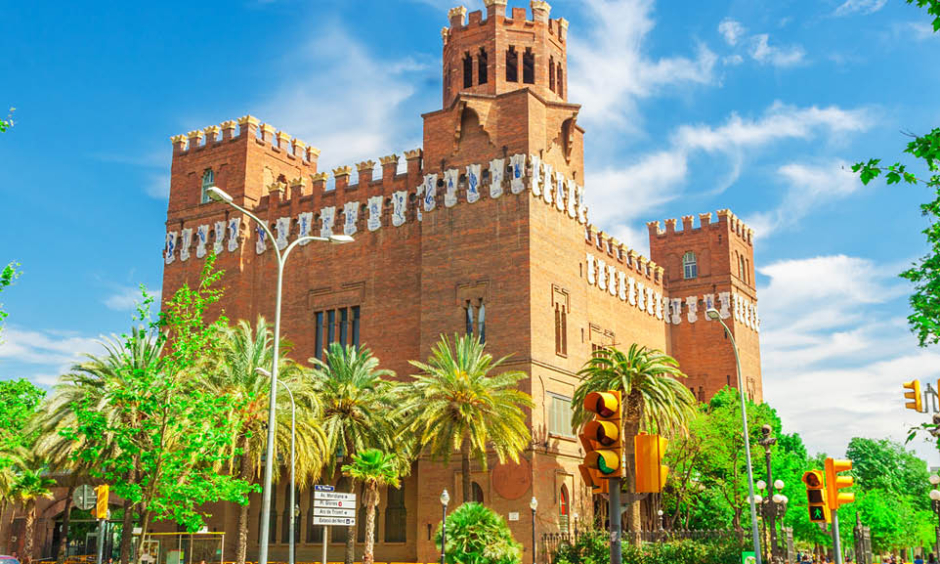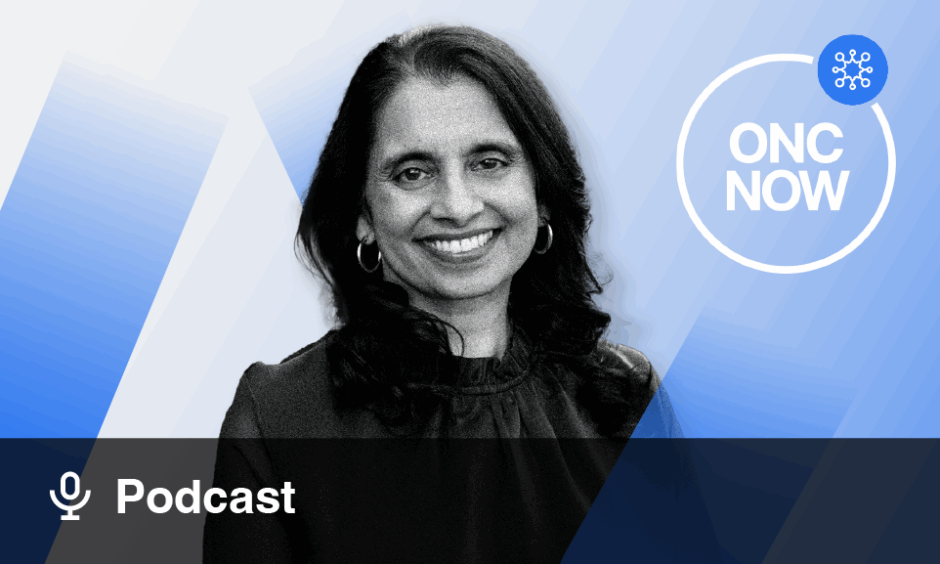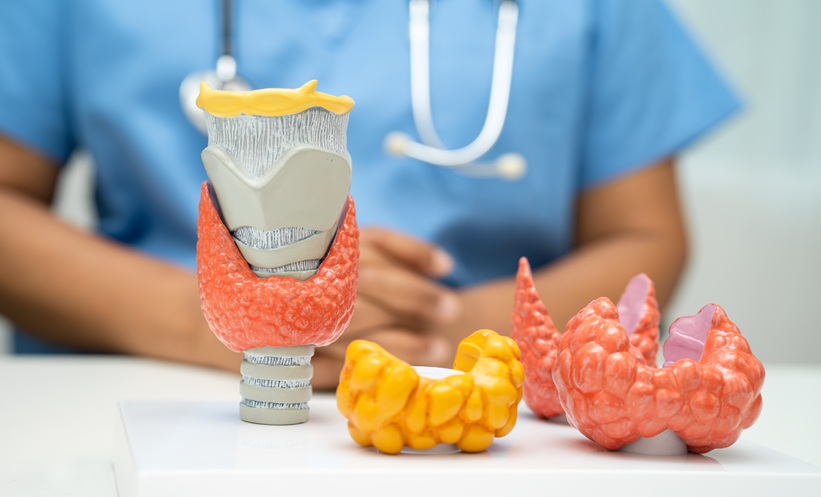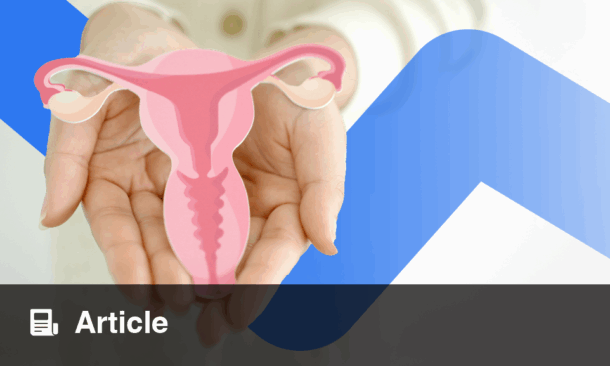Written by Michael Dodsworth | Editorial Administrator, EMJ![]()
As exciting and momentous as the progression in medical oncology continues to be, a different type of progression is still sorely needed across the field and wider healthcare landscape. Few could argue over the importance of gender parity across different industries in today’s society; however, the debate should perhaps not be focussed on the validity of the argument, but rather on the specific areas needing attention and the stepwise approaches employed to meet them. We are in the midst of a wave of proactive action being taken to increase female representation in the sciences, and ESMO are putting their best foot forward to face this challenge.
Taking its first breath in 2013, the ESMO Women for Oncology Committee was formed with the central idea of advancing the careers of female oncologists and helping them to become the leaders of tomorrow. This mission is rooted in concepts such as highlighting female leaders seen as models of excellence and serving as a platform to connect and endorse relevant initiatives. “The ESMO Women for Oncology Committee is a team of professionals, distinguished by their commitment to generating awareness and promoting equal career-development opportunities for female oncologists,” proclaims the Chair of the committee and ESMO president elect, Dr Solange Peters. “Offering the same opportunities for success to every professional, irrespective of gender, race or age, leads to a merit-based system that can advance research and practice in order to provide optimal care for our patients.”
A joint session organised by the Women for Oncology Committee and Young Oncologists Committee titled ‘Level Playing Field: Working for Gender Balance in Oncology’ delved deeper into the topic at the 2019 ESMO congress. Dr Peters opened the session with an alarming statistic: only one sixth of the major oncology societies’ presidents are woman. Considering the influence that accompanies such a position, especially pertaining to policy change, the message was clear: progression is not happening quickly enough. Dr Peters provided weight to this point through acknowledgement of the World Economic Forum Global Gender Gap 2018 report, which uses four sub-indexes to assess the gap between men and women: 1) economic participation and opportunity; 2) educational attainment; 3) health and survival; and 4) political empowerment.1 Whilst markers two and three have improved considerably over the years, a stark estimate was delivered over the time it will take to attain truly equal economic participation and political empowerment: at the current rate of progression, it would take 202 years to reach this milestone. What followed throughout this session, however, were obvious signs of optimism to how this challenge is being faced.
Carrying on from this introduction, Dr Sabine Oertelt-Prigione, Strategic Chair for Gender in Primary and Transmural Care, Radboud University, Nijmegen, the Netherlands, enlightened the audience on the “struggles, joys, and lessons learned from an atypical career.” Whilst acknowledging the challenges she had faced during her career because of her sex, age, and parental obligations, Dr Oertelt-Prigione nevertheless highlighted her being Caucasian, cis-gendered, and able-bodied, noting the importance of giving a platform to all minorities in order to inspire real change. Contextualising these differences is also important: “We are all the products of our life experiences. We have perspectives based on what we see and do […] and the things we are confronted with every day. All of our experiences are somewhat individualised, and we need to take that into consideration: that’s empowerment.”
Dr Oertelt-Prigione proceeded to identify key messages she had learnt throughout her international career, including the importance of knowing one self’s aspirations and values, the building of strong support networks, the realisation that a role should fit the individual (and not the other way round), and thoughts towards role models: it is of course ideal to identify with minorities in positions of power, however, if these role models are not present in your field, it can be valuable to realise that there may be no perfect role model, and that instead, it is important for the individual to rise and become their own.
Offering a far different perspective, Ms Michelle McIssac, Economist for the Health Workforce Department of the World Health Organization (WHO), presented statistics generated across two separate reports regarding female representation in healthcare. Women represent 70% of the global healthcare workforce, and contribute an estimated $3 trillion to the global healthcare economy annually.2 The WHO have identified four areas to dedicate attention to in order to better represent and empower this significant arm of the healthcare community: occupational segregation, ‘decency’ of work, leadership and government, and the gender pay gap. As well as through engaging in conversation with global policy makers, the WHO have incorporated gender into their operational programming and performance evaluation, including a recent proposal to consider factors such as impactful integration of gender equity and rights for self-appraisal. Partner organisations and individuals can also join the conversation through a world-wide health force network co-chaired by the WHO called the ‘gender equity hub’,3 aimed at addressing gender inequalities and amplifying initiatives to the global level.
Dr Guillem Argilés, Chair of the Young Oncologists Committee, concluded the presentation segment of the session by highlighting the commitment of this arm of ESMO towards collaborating with their colleagues from the Women for Oncology Committee to disseminate key incentives throughout the society. This sort of collaboration is surely reflective of the situation across global healthcare networks, in which a unified approach to gender representation is needed. Part of the service that these sessions provide is to act as a platform for the sharing of ideas regarding the introduction of gender balance into the workplace and on how to overcome everyday hurdles. The latter half of the session allowed the audience to get involved in the debate, discussing important issues, such as the steps that can be taken at the local level to promote gender equality, how to find a good mentor, how to manage time effectively (i.e., clinic and family), and the fostering of individual resilience to minimise the risk of burnout. Such practical and implementable lessons can allow young female oncologists to improve their working lives immeasurably, and when considered collectively, lead to far greater representation and empowerment of this demographic.








